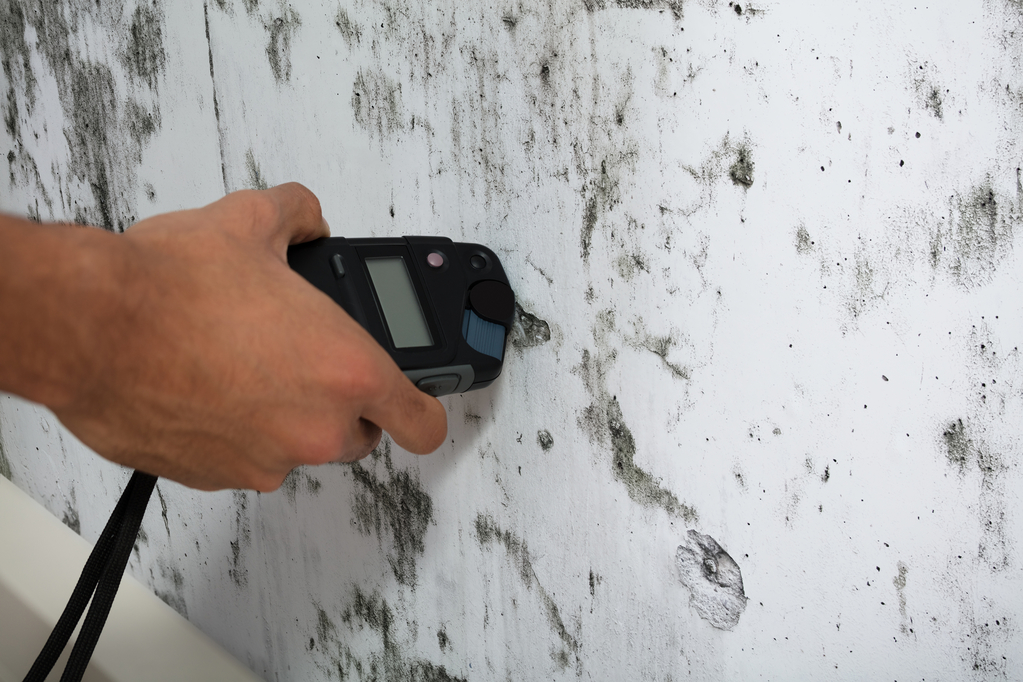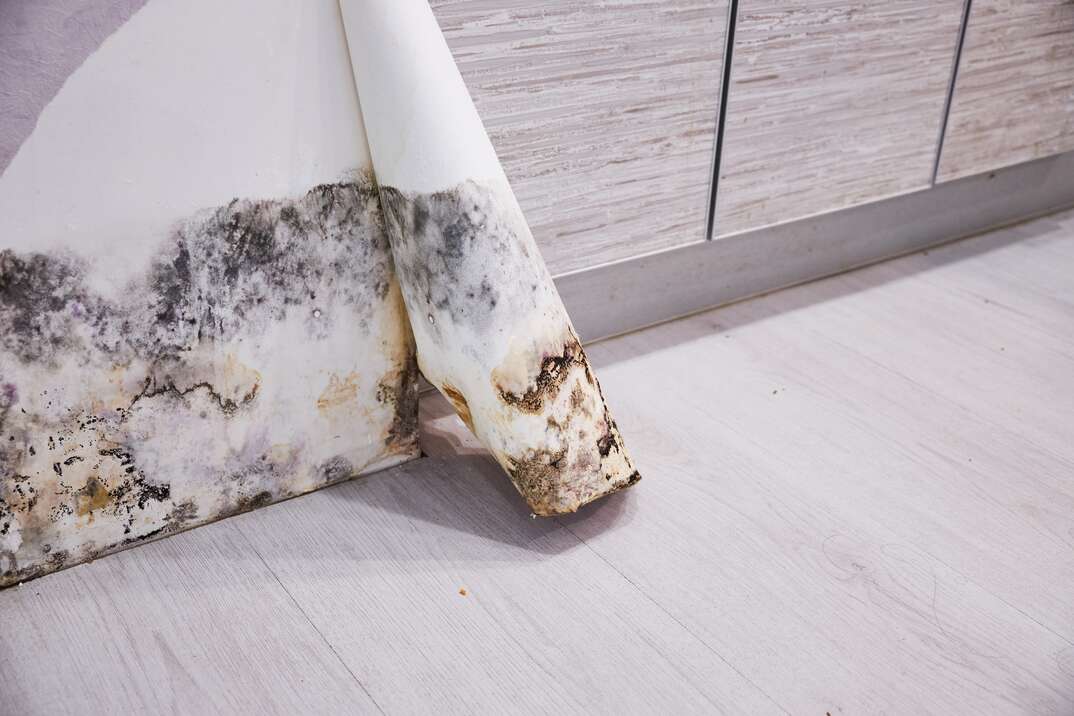Testing Air Quality After Mold Remediation
Testing Air Quality After Mold Remediation
Blog Article
Your Ultimate Overview to Article Mold And Mildew Removal Techniques
Browsing the world of post-mold removal strategies is a careful process that requires focus to information and an extensive understanding of the ins and outs included. In the results of mold and mildew invasion, recognizing how to successfully eliminate the mold and mildew and stop its reoccurrence is vital for keeping a healthy interior setting. From picking the best cleaning and decontaminating techniques to applying approaches for long-lasting mold prevention, each step in the remediation trip plays an essential role in making sure an effective result. As we embark on this exploration of post-mold removal techniques, we will certainly uncover the crucial techniques and best methods that can help you restore your space to its pre-mold problem and protect it versus future mold dangers.
Comprehending Post-Mold Remediation Refine
After completing the mold and mildew remediation process, it is crucial to comprehend the post-mold remediation methods that are necessary to ensure a effective and extensive clean-up. As soon as the mold and mildew has been eliminated, the next action involves cleaning and disinfecting the influenced areas to protect against any regrowth of mold and mildew. This consists of using specialized cleaning agents to clean down surface areas and kill any staying mold and mildew spores. It is important to dry the area entirely to inhibit the development of mold in the future (Post Remediation Inspection near me). Proper air flow and dehumidification can help in this process.
Additionally, performing a last inspection post-remediation is vital to ensure that all mold has actually been efficiently gotten rid of. If the examination discloses any type of remaining mold and mildew, extra remediation may be necessary.
Effective Cleaning and Decontaminating Techniques

Avoiding Future Mold And Mildew Development

Value of Proper Air Flow
Correct air flow plays an important function in protecting against dampness accumulation, a crucial consider mold development within interior atmospheres. Efficient ventilation systems help get rid of excess moisture from the air, decreasing the chances of mold and mildew spores locating the dampness they require to spread and germinate. Without adequate air flow, indoor areas can become a reproduction ground for mold and mildew, bring about prospective health dangers and architectural damages.
By guaranteeing appropriate air blood circulation, air flow systems can also help in drying damp locations faster after water damage or flooding cases, further hindering mold development. Post remediation mold testing near me. Precede like restrooms, kitchen areas, attics, and basements where wetness levels have a tendency to be higher, installing and maintaining effective ventilation systems is essential in stopping mold and mildew problems

Surveillance and Upkeep Tips
Offered the essential duty that appropriate ventilation plays in preventing mold and mildew development, it is necessary to develop effective monitoring and upkeep pointers to make certain the ongoing performance of ventilation systems. Regular examinations of air flow systems need to be carried out to inspect for any signs of clogs, leaks, or malfunctions that might restrain proper air flow. Tracking humidity degrees within the residential property is also crucial, as high moisture can contribute to mold development. Setting up a hygrometer can help track moisture degrees and alert homeowners to any type of spikes that might need focus. Furthermore, making sure that air filters are frequently cleaned or changed is vital for maintaining the efficiency of the air flow system. Implementing a schedule for regular upkeep jobs, such as air duct cleansing and heating and cooling system inspections, can assist avoid problems before they intensify. By remaining proactive and mindful to the problem of ventilation systems, homeowner can properly minimize the danger of mold and mildew regrowth and maintain a healthy and balanced indoor setting.
Verdict
Finally, post-mold remediation methods are important for making sure a risk-free and tidy setting. Recognizing the process, implementing efficient cleansing and disinfecting methods, avoiding future mold growth, maintaining correct air flow, and routine surveillance are all essential action in the removal procedure. By adhering to these standards, you can efficiently get rid of mold and mildew and prevent its return, advertising a healthy and balanced living or functioning area for all occupants.
In the results of mold infestation, understanding how to properly remove the mold and mildew and avoid its reoccurrence is vital for maintaining a healthy interior environment. Once the mold has actually been removed, the following action includes cleansing and decontaminating the influenced locations to prevent any regrowth of mold - Post Remediation Inspection near me. After getting rid of visible mold and mildew growth, it is essential to clean all surface areas in the afflicted location to get rid of any type of staying mold spores. To further boost mold and mildew avoidance actions, it is important to address underlying issues that originally led to mold and mildew growth.Given the vital function that proper air flow plays in stopping mold and mildew growth, it is imperative to establish effective tracking and maintenance pointers to make sure the ongoing capability of air flow systems
Report this page